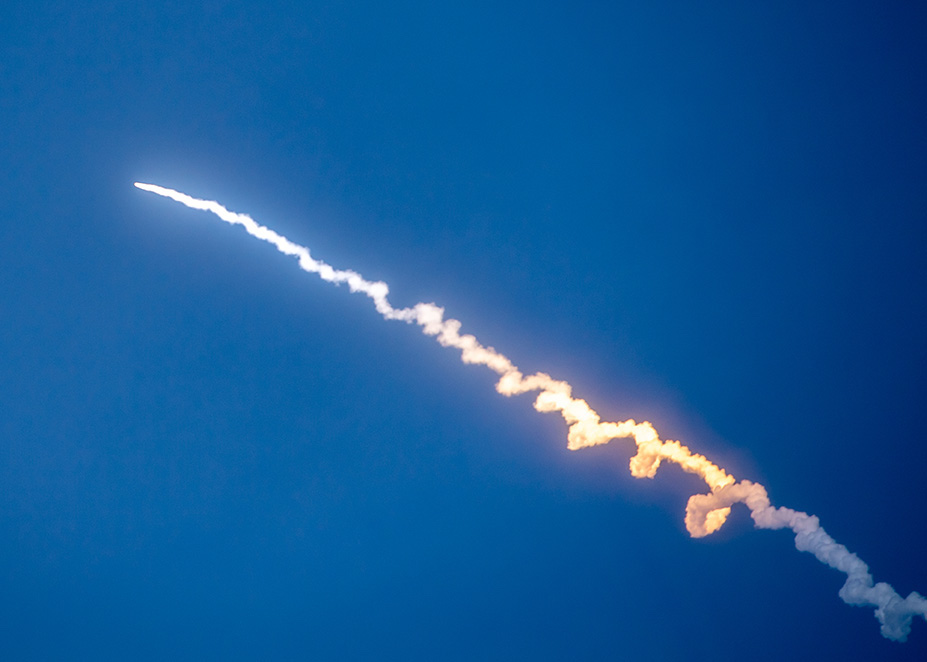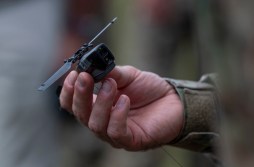Missile Defense Agency looking to upgrade algorithms to improve object classification

The U.S. Missile Defense Agency is planning to enhance software for high-tech threat identification, and it’s conducting market research to inform its acquisition strategy.
MDA recently released a new sources sought notice as it looks to move forward with the next iteration of its Advanced Object Classification (AOC) initiative, which will include a software boost for upgraded early warning radars.
The request for information is partly intended to help officials determine the capability of small businesses to meet the agency’s requirements.
“AOC 1.1 will build off improvements made to UEWR classification achieved through development and fielding of AOC 1.0. While testing and fielding AOC 1.0, the Government identified minor algorithm opportunities as well as Interface Control Document-driven updates that must be incorporated into AOC 1.1. Additionally, the Government envisions AOC 1.1 will have a flat-file classification database that can be re-configured without re-compiling software changes. This capability will enable AOC rapid reconfiguration to address emerging threats without requiring the Government to return to the developer for software updates, assessments, or other modifications,” officials wrote.
The AOC tech includes 37 algorithms, involves machine learning, and requires no change to radar hardware, waveforms, pulse scheduling, or the Ground-based Midcourse Defense (GMD) fire control interface message format, according to the RFI.
MDA wants to boost object classification accuracy against potential advanced threats equipped with countermeasures that are designed to thwart U.S. missile defenses.
“AOC 1.1 will incorporate additional algorithm updates and enhancements beyond AOC 1.0 to further improve object classification accuracy and system performance,” officials wrote.
Vendors are asked to describe their experience with threat object classification for ballistic missile defense during the midcourse phase of flight, as it relates to radio frequency phenomenology; the classification algorithms they have developed or implemented; the types of data they’ve worked with; and efforts related to countermeasure discrimination, system integration, or field testing.
“Describe your experience developing algorithms or applications in Matlab, including any work you have done to transpile or convert Matlab code into other programming languages (e.g., C, C++, Python, etc.) for deployment in operational environments,” officials wrote. “Additionally, elaborate on your experience collaborating with other prime contractors or external teams to integrate your code into existing complex codebases. Include examples of how you addressed challenges related to code compatibility, interface definition, version control, and testing in a multi-contractor environment.”
Models need to have low-latency performance, they noted.
Vendors are also instructed to provide details about their previous involvement in the design, development, or enhancement of phased array radar systems operating in the ultrahigh frequency (UHF) band.
Responses are due Oct. 17.
The release of the RFI comes as the Trump administration is pursuing a layered missile defense architecture dubbed Golden Dome, which is expected to include a variety of sensors, shooters and other enabling technologies — and come with a high price tag.
To further that effort, the Department of Defense has released a solicitation for a multiple-award IDIQ contract vehicle known as Scalable Homeland Innovative Enterprise Layered Defeat (SHIELD), which has an anticipated maximum dollar value of $151 billion.
Proposals for the SHIELD solicitation are due Oct. 16.
“As a long-planned strategy, SHIELD will allow MDA and other DoD entities to rapidly issue orders under one enterprise flexible vehicle. The proposed contract vehicle anticipates a period of performance of 10 years, which will consist of a base ordering period and one or more optional ordering periods,” officials wrote.






